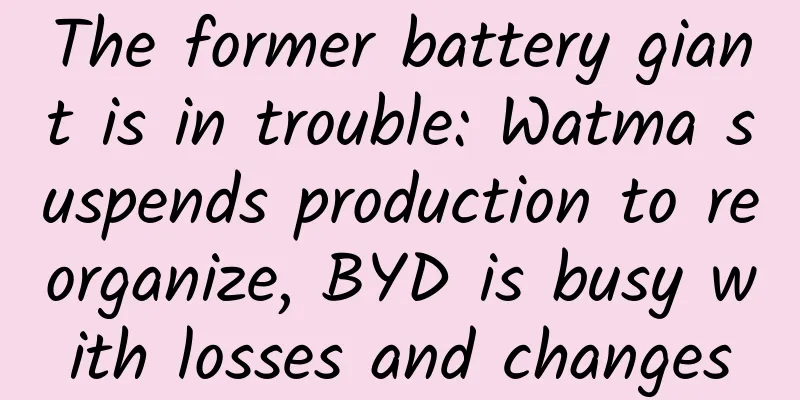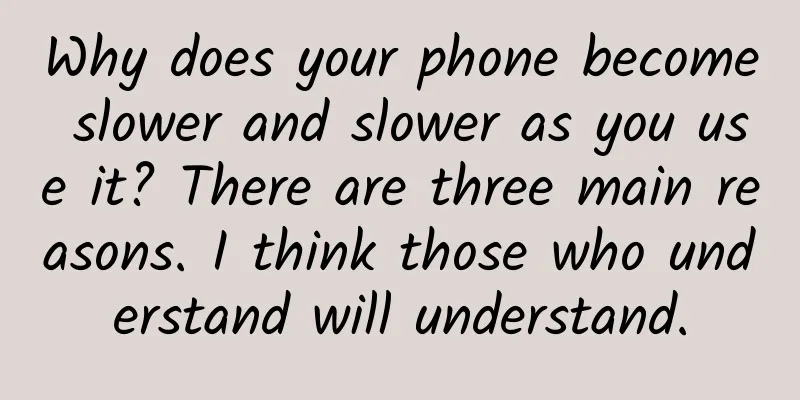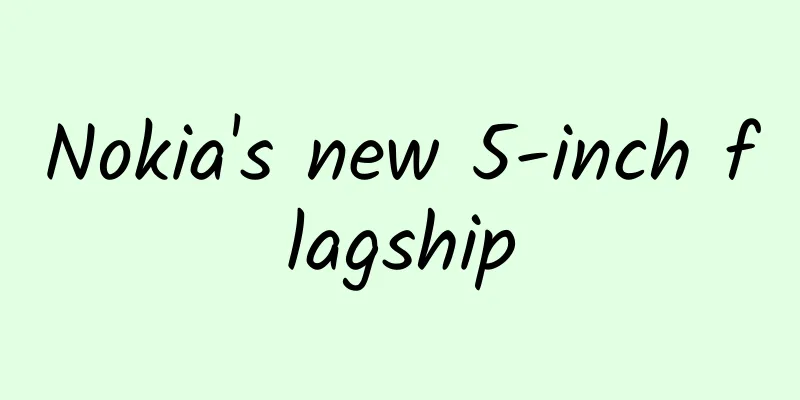The former battery giant is in trouble: Watma suspends production to reorganize, BYD is busy with losses and changes

|
Recently, a news that all employees of Shenzhen Watma Battery Co., Ltd. (hereinafter referred to as Watma) will be on holiday for 6 months starting from July 1st has become the headlines of the industry. This company has been ranked among the top three in the domestic power battery industry for several consecutive years, but the situation has taken a sharp turn for the worse since 2018, with problems such as "the company cannot pay employees' salaries on time", "the company cannot pay employees' five social insurances and one housing fund on time", and "the company continues to default on bank debts". At a time when the new energy vehicle industry is developing rapidly, this battery manufacturer is falling into decline. The reason is that its technology has not been upgraded in a timely manner and it relies too much on the production of low-cost lithium iron phosphate batteries. When the ternary lithium battery with higher power density became mainstream, it could only face elimination because it no longer had orders. Lithium iron phosphate batteries lose the passenger car market Watma's parent company, Jianrui Woneng (300116.SZ), recently issued an announcement stating that the operating rate of the battery cell production line in Shenzhen is 4%, and the battery cell production lines in other regions have been shut down. While orders have decreased and production lines have stopped, Jianrui Woneng is also facing debt problems. The company announced that it has 1.998 billion yuan of overdue debts, mainly bills payable and bank loans. The company has great difficulty in raising funds to solve the problem, so it intends to introduce new strategic investors. In addition to Watma, BYD (002594.SZ), which also focuses on lithium iron phosphate batteries, has not had a good time in recent years. Last year, its power battery sales were overtaken by CATL. What's worse, its profits have also shrunk severely. According to the financial report released by BYD, its net profit in 2017 was 4.07 billion yuan, a year-on-year decrease of 19.51%. This is the first year-on-year decline in net profit since 2013. In 2018, BYD continued its downward trend. Its net profit in the first quarter was 102 million yuan, a year-on-year decrease of 83.09%. The net profit after deducting non-recurring gains and losses was a loss of 329 million yuan, a year-on-year drop of more than 173%. At the same time, the company expects its net profit in the first half of the year to be 300 million to 500 million yuan, a year-on-year decline of 71% to 83%. In terms of power battery sales, BYD had been firmly in the first place in China before 2017. However, due to the late development of the ternary lithium battery project, BYD gave up the championship throne. Last year, CATL's sales volume was 12GWh, surpassing BYD to rank first in the world and the country; while BYD's sales volume was only 7.2GWh, only more than half of CATL, ranking third in the world and second in the country; Japan's Panasonic's sales volume was 10GWh, ranking second in the world; and Watma's sales volume was 5.5GWh, ranking fourth in the world and third in the country. Not only did CATL surpass BYD in sales to become the number one, it also successfully went public on June 11 this year. As of June 30, its market value was as high as 156.329 billion yuan, higher than BYD's market value of 130.078 billion yuan. "In the future, ternary lithium batteries will dominate the passenger car market, and the volume of passenger cars will continue to grow; lithium iron phosphate batteries with cost advantages will be mainly used in commercial vehicles." Zhang Chengbin, director of the Electric Vehicle 100 Research and Consulting Department, said in an interview with a Blue Whale Auto reporter, "The commercial vehicle market is small, which is why power battery companies have focused on ternary lithium batteries, including BYD, which previously focused on lithium iron phosphate batteries. Now domestic electric passenger cars basically use ternary lithium batteries with longer driving range." Subsidy reduction leads to shrinking performance BYD, which started out as a battery manufacturer, can be regarded as the originator of new energy vehicles. Domestic new energy vehicle companies have entered the ranks of new energy vehicles since 2014 after receiving national policy support, such as BAIC, SAIC and other car companies, while Tesla Model S was only launched in 2012. Since the new energy vehicle subsidy policy was introduced in 2013, BYD has become the earliest beneficiary, with its net profit soaring directly from 80 million in 2012 to 553 million, and has been growing at a high speed every year since then. In 2015, BYD's total operating revenue was 80.014 billion yuan, and its net profit was 2.823 billion yuan, a year-on-year increase of 552.63%. BYD's electric vehicle business revenue was 19.342 billion yuan, accounting for 50% of its automotive business revenue. In 2016, the company's annual revenue was 103.47 billion yuan, a year-on-year increase of 29%; the net profit attributable to shareholders of the listed company was 5.05 billion yuan, a year-on-year increase of 78.9%. However, after the fraudulent subsidies for new energy vehicles were exposed in 2016, not only did the subsidies for new energy vehicles decline in 2017, but the requirement that operating vehicles must operate for 30,000 kilometers before receiving subsidies was also put forward, making the bus market the hardest hit area. In 2018, the new policy on subsidies for new energy vehicles further shrank. Among them, the upper limit of subsidies for plug-in hybrid buses dropped from 45,000 to 150,000 yuan to 22,000 to 75,000 yuan, a decrease of 50%; in terms of passenger car subsidies, subsidies for models with a range of less than 150 kilometers were cancelled. For pure electric vehicles with a range of 150-300 kilometers, the national subsidy reduction ranged from about 10,000 to 21,000 yuan; and new energy models with a range of 300-400 kilometers and above will enjoy higher subsidies, with the highest increase reaching 13.7%. The decline in subsidies for plug-in hybrids is much higher than that for pure electric models, which is undoubtedly a major blow to BYD, whose profit cow comes from buses and plug-in hybrid vehicles. According to data released by BYD, BYD's sales of new energy vehicles in 2017 reached 113,600 units, a year-on-year increase of 13.4%. Among them, plug-in hybrid models sold 66,200 units, accounting for nearly 60% of BYD's new energy vehicle sales. There is no doubt that plug-in hybrid vehicles have become the sales leader of BYD's new energy vehicles. The market share of new energy buses increased by 3.16% year-on-year to 14.73%, ranking first in the sales of new energy buses in the country. In the face of declining subsidies for new energy vehicles, BYD Chairman Wang Chuanfu once called on the country to give more financial subsidies to plug-in hybrid vehicles. In response to this call, Yang Yusheng, an academician of the Chinese Academy of Engineering, sharply responded that "plug-in hybrid vehicles" are not new energy vehicles. "Although its density is not as high as that of ternary lithium batteries, I think BYD chose to develop lithium iron phosphate batteries in the early stage for two reasons. First, lithium iron phosphate batteries are cheaper, and the cost is half of that of ternary lithium batteries. Second, compared with ternary lithium batteries, lithium iron phosphate batteries are safer." Zhang Chengbin said. Domestic enterprises only have two years left In the face of policies and markets, BYD has felt real pressure. Therefore, the batteries it produces are no longer based on lithium iron phosphate batteries. Since 2017, BYD has begun to shift towards ternary lithium batteries in its passenger car business. On October 24, 2017, BYD released an investor relations activity record stating that all of the company's plug-in hybrid electric vehicle (PHEV) passenger cars currently use ternary lithium batteries. In the future, the company plans to continue using lithium iron phosphate batteries in the public transportation field, while other new models will use ternary lithium batteries. In March 2018, BYD released three new models: Qin EV 450, e5 450, and Song EV 400. All of them have been upgraded from lithium iron phosphate batteries to ternary lithium batteries, with comprehensive operating ranges of 400, 400, and 360 kilometers respectively. Earlier, there were reports that BYD intends to separate its battery business and operate it independently. In the future, its battery business will be independent and supply to the outside world, and will gradually get rid of the situation of self-production and self-sales. At present, BYD has already established business connections with major automobile OEMs such as Great Wall, BAIC, and GAC in the field of power batteries. In addition, another four new car manufacturers have expressed their willingness to cooperate with BYD in the battery business. In order to increase the production capacity of ternary lithium batteries, BYD has built a new 18GWh production base in Qinghai, which is expected to be officially put into production in mid-2019. In this way, BYD's planned production capacity will increase from the current total production capacity of power batteries of 16GWh to 34GWh, of which lithium iron phosphate batteries account for 9GWh and ternary lithium batteries account for 25GWh. Although BYD has adjusted its development direction, the current market environment makes it difficult for BYD to feel at ease. There are strong competitors such as CATL at home, and Japanese and Korean battery manufacturers such as Panasonic, LG, and Samsung are eyeing it covetously. After the subsidy is reduced after 2020, domestic battery manufacturers will lose the policy dividend. "The gap left for enterprises is less than two years. During this period, enterprises must improve their technology research and development and product control. On the other hand, they must strengthen the coordinated development with vehicle manufacturers. For example, the cooperation between CATL and SAIC Group will increase the competitiveness of its enterprises," said Zhang Chengbin. As a winner of Toutiao's Qingyun Plan and Baijiahao's Bai+ Plan, the 2019 Baidu Digital Author of the Year, the Baijiahao's Most Popular Author in the Technology Field, the 2019 Sogou Technology and Culture Author, and the 2021 Baijiahao Quarterly Influential Creator, he has won many awards, including the 2013 Sohu Best Industry Media Person, the 2015 China New Media Entrepreneurship Competition Beijing Third Place, the 2015 Guangmang Experience Award, the 2015 China New Media Entrepreneurship Competition Finals Third Place, and the 2018 Baidu Dynamic Annual Powerful Celebrity. |
<<: Will Silicon Valley giants' enthusiasm for AR eliminate mobile phones in the future?
Recommend
Three strategies for using Bilibili’s performance advertising
Before we begin, let’s talk about the commercial ...
"Twenty-four, sweep the house"! Dust and cloth, don't miss these corners →
The Spring Festival is approaching, and every hou...
How to make a good toilet paper that won’t clog the toilet and isn’t easily torn?
You probably use up to 50% of the toilet paper in...
One core is in trouble, nine cores are waiting to see which mobile phone CPU is the best?
Over the past few decades, the semiconductor indu...
ReactNative native module development and release--iOS
[[166181]] I made a ReactNative App some time ago...
Don’t ignore a minor cold, beware of “viral myocarditis”!
The recent cold has hit everyone by surprise Two ...
Steve Jobs once wanted a TV like this, and Hisense helped him realize it
To date, Apple has not yet produced a complete te...
What impact will the return of iPhone production to the United States have on Chinese mobile phone companies?
Not long ago, the newly elected President of the ...
Teammates sacrificed, first love got married, and police officer An Xin's hair turned white overnight. Can people really turn white overnight when they suffer a major blow?
"Kuang Da" has reached its finale. The ...
"Every additional CT scan increases the risk of cancer by 43%" has become a hot topic! Should CT scans still be performed?
"For every additional CT scan, the risk of c...
Introduction to Alipay advertising, Alipay information flow advertising agent
Alipay APP, owned by Ant Financial Group, has a l...
Before going to the cinema to watch the New Year's blockbuster, you must read this epidemic prevention reminder carefully
Spring Festival Holiday Many New Year blockbuster...
After the first half of the price war, Chery Automobile learned to respond quickly and began to study its suppliers.
The first half of China's new energy vehicle ...
After promoting tens of millions of information flows, I have summarized these 6 points!
In today's mobile Internet era, we receive a ...
Why are children easily addicted to playing games but not to studying?
Recently, a shocking news spread on Weibo that so...









